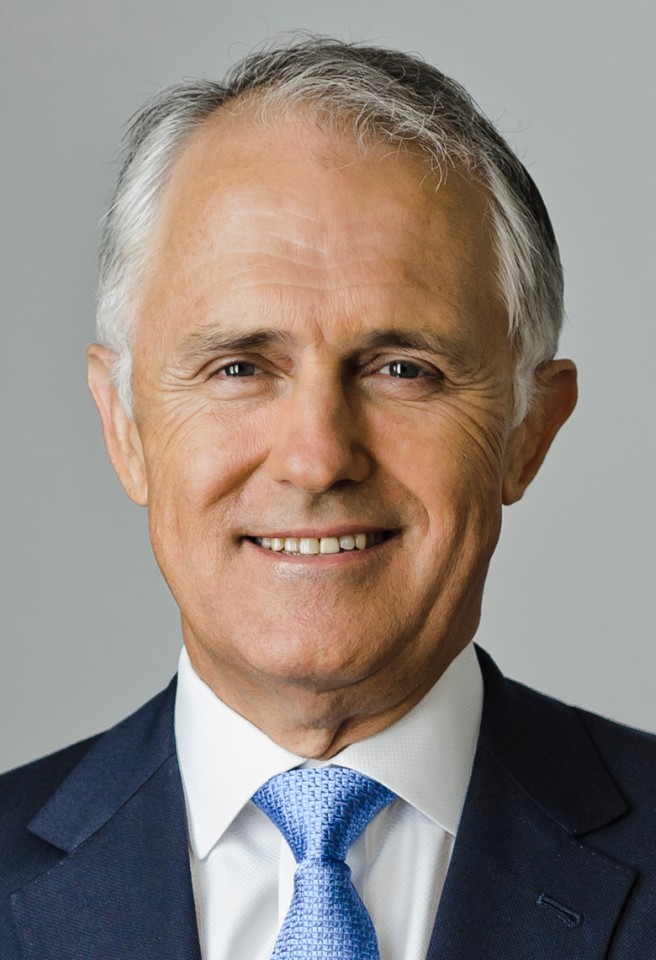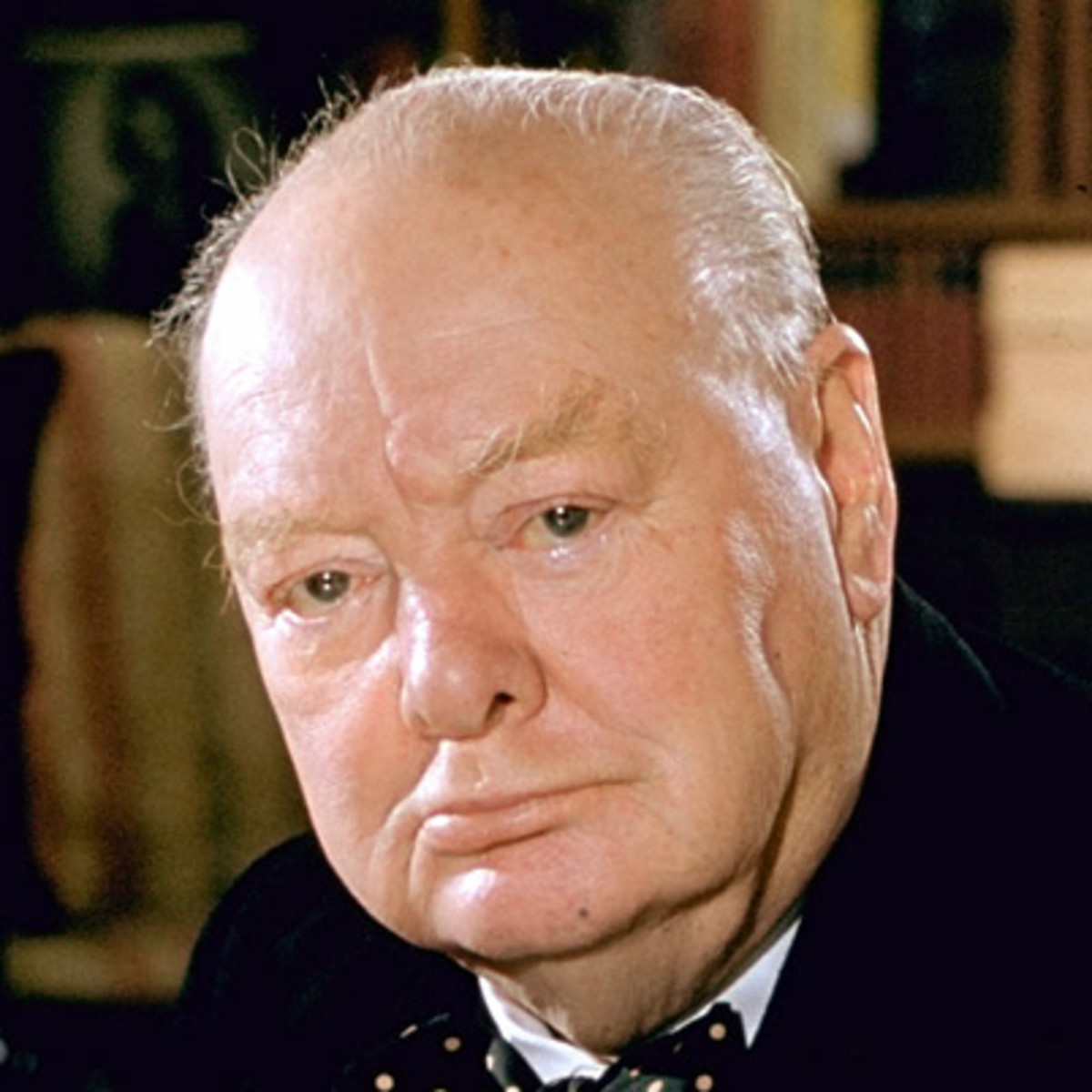One of our earliest connections goes back to Gallipoli, where over 500 Jewish volunteers serving in the “Zion Mule Corps” brought supplies to the ANZACs and often brought the wounded back much in the same manner as Simpson and his Donkey. Having proved themselves at Gallipoli they got their wish to serve as a combat unit in the 38th Battalion Royal Fusiliers. The Jewish Fusiliers were of great assistance to the Australian Light Horse attacking ES Salt in 1918, they captured and held a vital bridge over the Jordan River that allowed the mounted Troops to cross over and press their attack. Of course the most famous action was at Beersheba when on the 31st of October 1917, the 4th and 12th Light Horse Regiments broke through the Turkish defences to capture the important wells of Beersheba.
Less well known is the attack on September 25th 1918 on the vital railway station at Semakh. Charging over unknown ground at night the 11th Light Horse Regiment charged the well defended station and after a bloody battle took the station. This action was particularly strategic in the final collapse of the Ottoman Empire, evidenced by the fact that 14 days later we were in Damascus.
Indigenous Troopers served with distinction in this battle. Later, Aboriginal Leader William Cooper led one of the far-too-few protests to the German Embassy in Melbourne in 1938 to object to the Nazi treatment of Jews in Germany at that time.
In 2008 to commemorate the 60th anniversary of this event, the Executive of Australian Jewry published a fascinating booklet entitled “A pictorial History of the Relationship between Australia and Israel", with a forward by the Australian Foreign Minister Stephen Smith MP.
To download or view the official magazine, click here.
Special Video: Remembering the Battle of Semakh
Amazing footage from a ceremony at Semakh commemorating the Australian Light Horsemen who fell at this signficant battle.
The first few lines are in Hebrew, the rest are in English and Hebrew.

